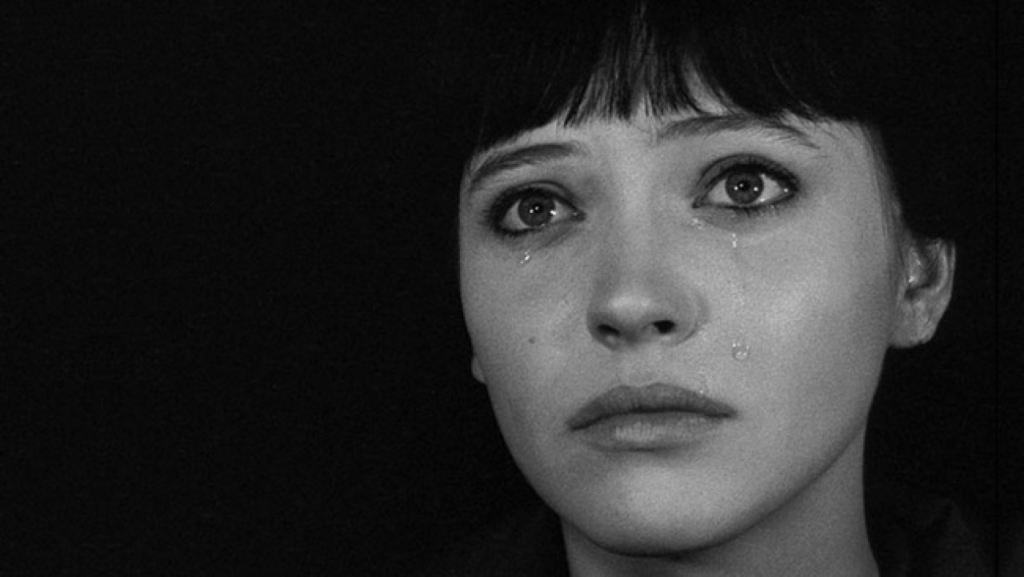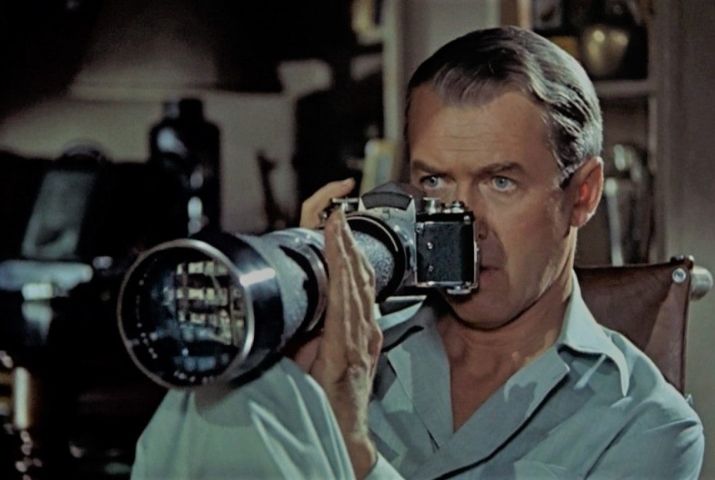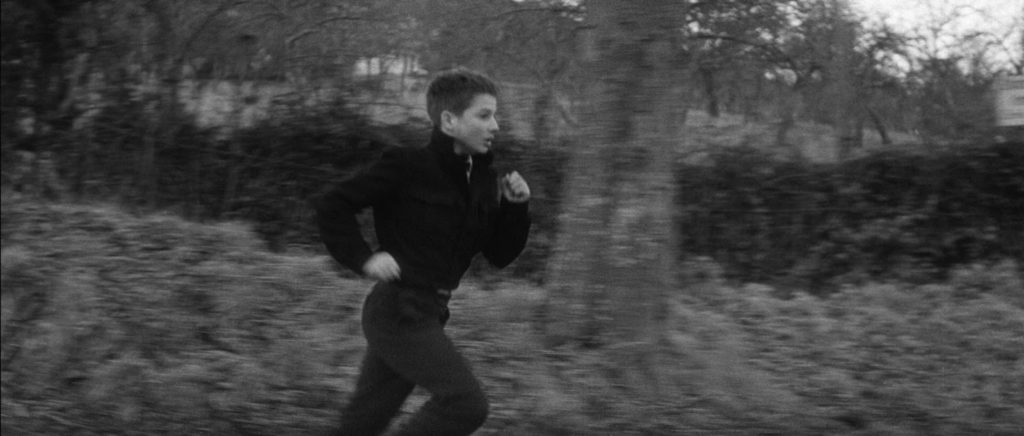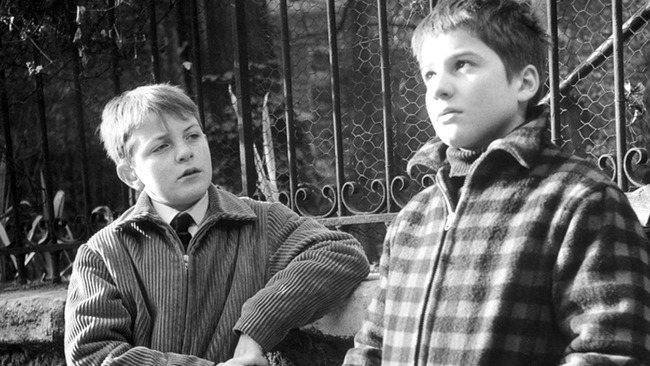La Sortie des ouvriers de l’usine Lumière was the name of the first ever Lumiere film released in 1895.
Phantom ride was an early genre of film popular in Britain and the US at the end of the 19th century.
what was ground breaking about the silent films “the sick kitten” and ” life of an American fireman” ?
They both included various different shot types and angles which where getting newly introduced into the beginning of the 20th centaury.
Florence Annie Bridgwood also known as Flo was the first Hollywood film star.
Film production moved from the east coast to Hollywood due to the fact that film producers were constantly getting sued.
The film industry in the 1910s were dominated by the Motion Picture Patents Company also known as the trust due to the fact that their movies were short and were primarily shown by nickelodeons.
film directors and films from 1910s
Charlie Chaplin – A night in the show 1915
Giovanni Pastrone – Cabiria 1914
D. W. Griffith directed birth of a nation and this film continues to divide opinions across critics due to the fact there is heavy involvement of racism and is known as one of the most offensive films to have been made.



















